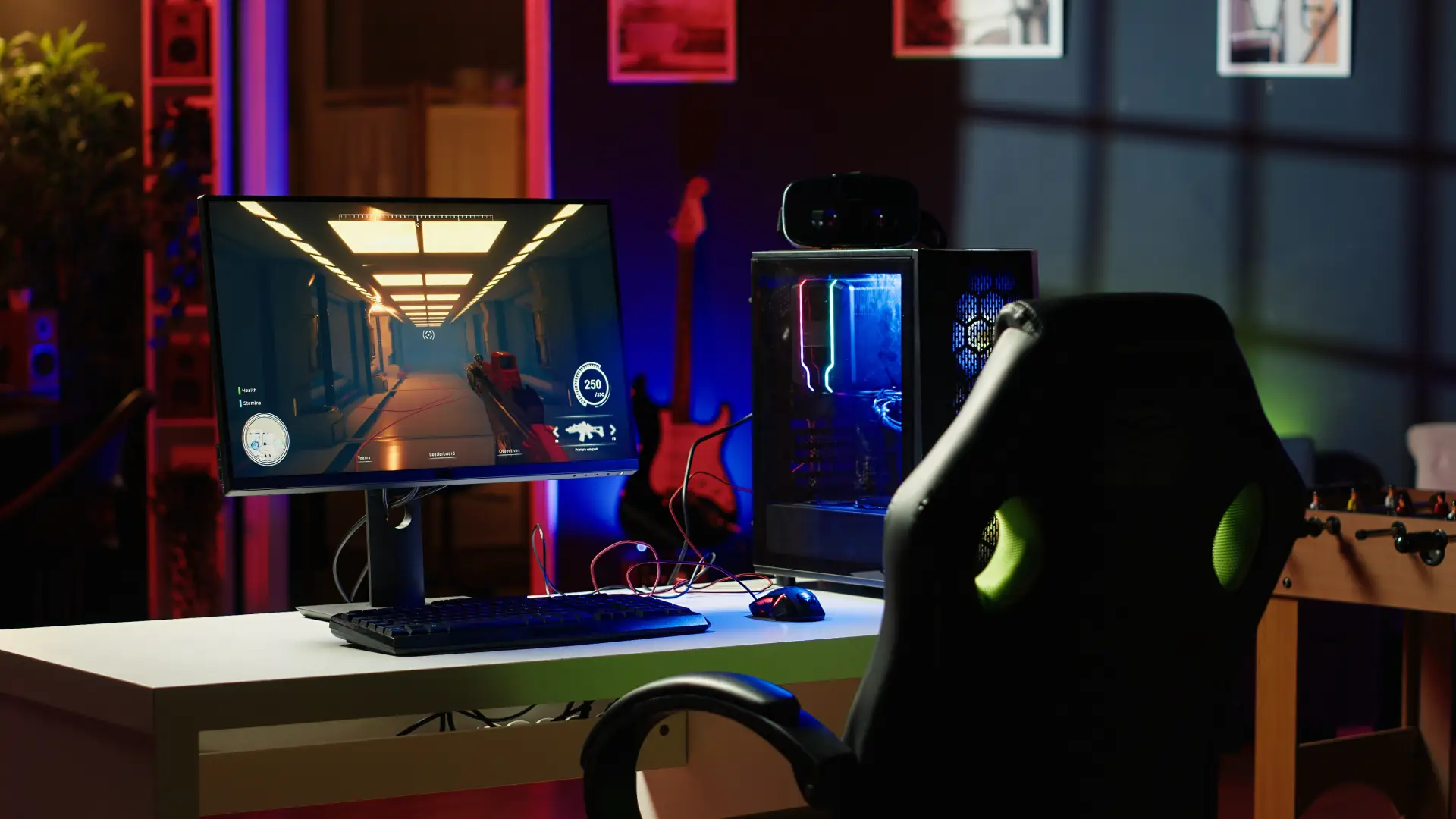Working with indie game developers is kind of our sweet spot. Tight teams. Big ideas. Wildly creative mechanics. But here’s the thing: when everything else is custom and imaginative, your UI can’t afford to be generic—or worse, confusing.
We’ve helped build interfaces for cozy games, tactical strategy titles, and genre mashups that still make our heads spin (in a good way). Along the way, we’ve learned a few things about what makes great game UI, especially when you’re building lean.
Here are some go-to tips we’ve picked up from our work with indie teams:
1. Start with the player’s brain, not just the screens.
It’s easy to jump straight into the visuals, but good UI starts with how the player thinks. What do they need to see right now? What’s optional vs. essential? Where will they look first?
Even rough wireframes or sticky-note flows help answer those questions early. Don’t worry about the style yet. Just focus on how info is delivered.
Bonus tip: If you’re building a system-heavy game (inventory, skills, etc.), sketch the relationships first. Menus aren’t just screens—they’re logic trees.
2. Respect the genre, then make it yours.
Every genre has UI expectations. Players expect a card game to have drag-and-drop. They expect your pause menu to work a certain way. They know what a skill tree usually looks like. Honor those expectations… but then layer in your vibe.
Is your game mysterious and moody? Make those UI transitions slow and smooth. Is it chaotic and silly? Go bold with sound effects and iconography. UI isn’t just functional. It’s a tone-setter.
3. Every pixel has a job. Fire the lazy ones.
Especially on small teams, scope is everything. So if something’s on-screen, it better be doing something useful. Ask: is this element guiding the player? Reinforcing the theme? Giving useful feedback?
If not, cut it or rethink it. Your player’s attention is limited, and your dev time even more so.
4. Test ugly. Test early. Test with outsiders.
We’ve said it before, we’ll say it again: wireframes are your friend. You don’t need polish to get feedback. Use gray boxes, temp buttons, stick figures—whatever gets the idea across.
Then give it to someone who hasn’t seen the game. Ask them to complete a task. If they hesitate, squint, or ask where to click, you’ve found something to fix.
Some of our best insights came from watching non-gamers fumble through a test build. Fresh eyes spot what insiders miss.
5. Build for change, not just for launch.
Indie games evolve. A feature gets reworked. A new system sneaks in. Suddenly your clean layout needs room for potion sorting and pet names.
So when we build UI, we don’t lock it down too early. We use styles, templates, and naming conventions that make iteration easier later on. Think modular, not monolithic.
Spoiler: You’re going to add “just one more thing.” Plan for it now.
Final Thought: Your UI is part of the game.
We’ve seen players fall in love with an interface before they even hit “Play.” And we’ve seen frustration kill immersion faster than a loading screen crash.
Your UI is one of the first ways players understand your game world, and one of the last things they interact with before they leave it. If it’s clunky or off-theme, they’ll feel it, even if they can’t say why. That’s why it deserves care, clarity, and craft.
Good UI gets out of the way. Great UI adds to the experience.
And if you ever need a hand designing it? You know where to find us.
